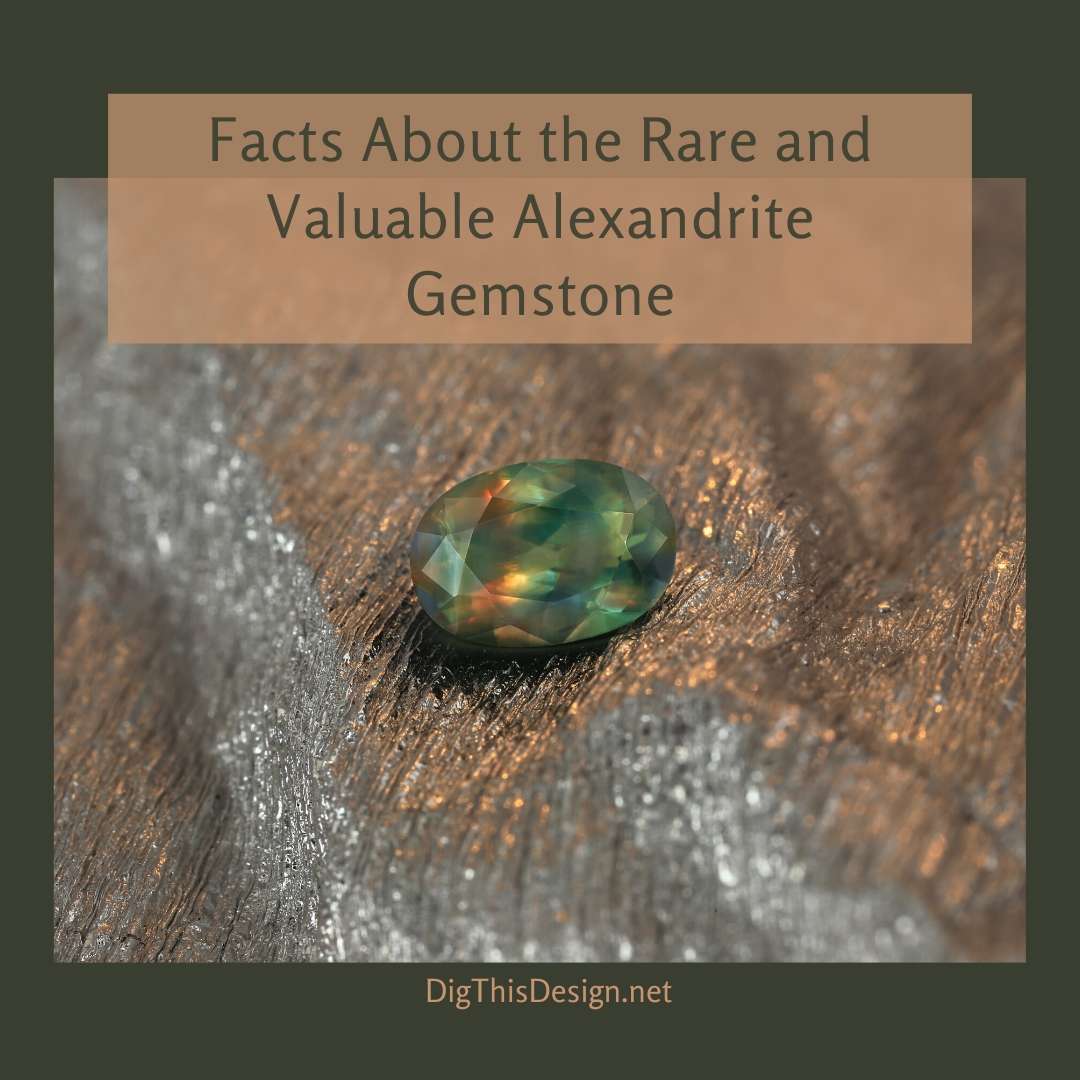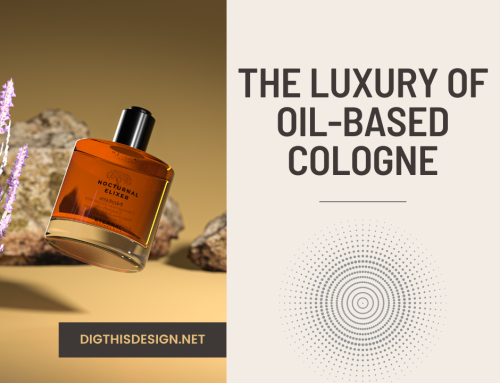Alexandrite is unique in that it only forms when specific minerals and substances combine. In order for alexandrite to form in nature on its own, chromium, a very rare element, has to combine with beryllium and aluminum. Alexandrite jewelry is difficult to come by, making these gems very valuable and rare. Since natural alexandrite is so rare, many consumers are unaware of the things to look for when purchasing this gemstone. This post will help you get more familiar with this dazzling yet overlooked gemstone.

Alexandrite Care
Alexandrite is defined as tough, hard, and durable enough to wear on a daily basis. This particular gem does not require any unusual or special care, making it a fairly low maintenance gem. It comes in at 8.5 on the Mohs’ hardness scale.
Variety of Colors and Shapes
A spectacular feature of alexandrite is its capability to change color. During daytime hours, alexandrite may appear bluish-green or a straight green. In incandescent light, the gem can turn to a purplish-red or even a raspberry red. Depending on the light and the time of day, Alexandrite gems may also appear:
• Brownish
• Grayish-green
• Yellowish
• Brownish-red
• Orangish
Not only is alexandrite low maintenance and easy to care for, but it’s a versatile gem because it appears to change color based on the way different types of light hit the stone.
These gems can be cut into a variety of different shapes, depending on the preference of the consumer. Some examples are:
• Square
• Round
• Oval
• Pear
• Cats eye
• Heart
• Fancy
• Trillion
• Rectangular cushion
The shape of the gem often depends on the jewelry setting and the size of the stone.
The Value of Alexandrite
Several factors may influence the value of alexandrite.
• Availability/supply
• Degree of saturation or color
• Clarity
• Color change strength
Because it is so rare to find the perfect environment and combination of chemicals for alexandrite to form in nature, the value of the stone may drastically increase. As with any other valuable resource, supply and demand play a part in the value of the stone.
Fun Facts About Alexandrite
Currently, the largest faceted alexandrite is found in the Smithsonian, and weighs in at 66 carats. This gem is also used as June’s alternative birthstone to the pearl and moonstone. Any other stone that changes color may be referred to as having “the alexandrite effect” because the stone has so many color changing properties.
Although rare and difficult to find in a naturally occurring setting, alexandrite is a low maintenance and versatile gem that complements any piece of jewelry.





